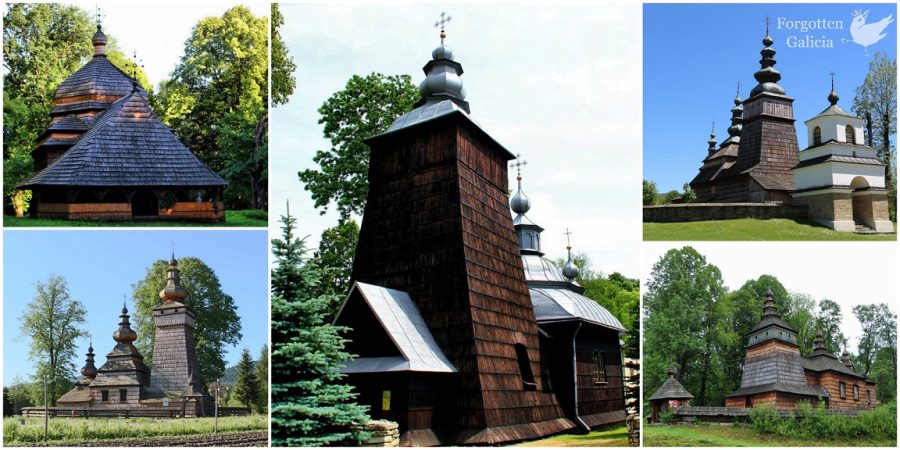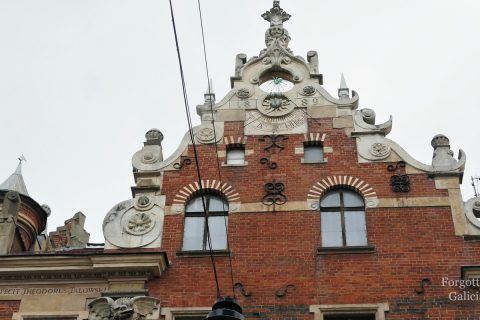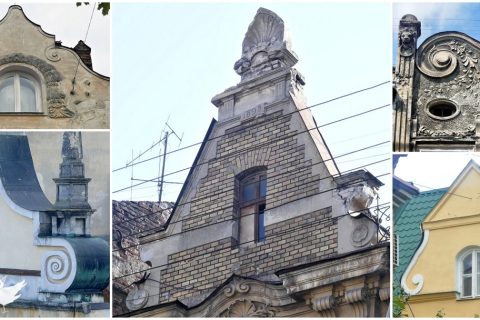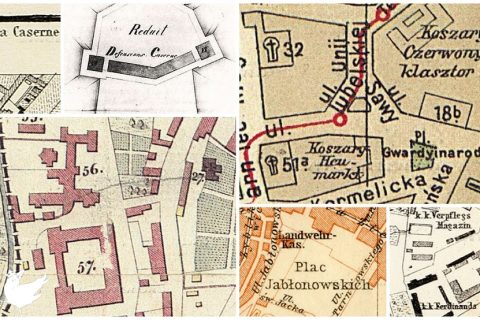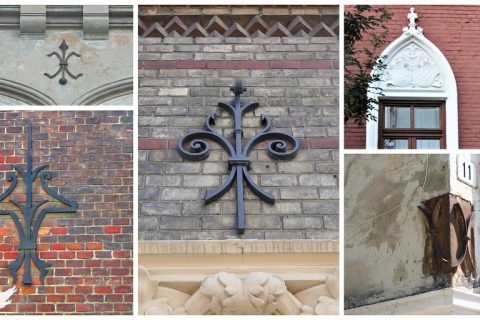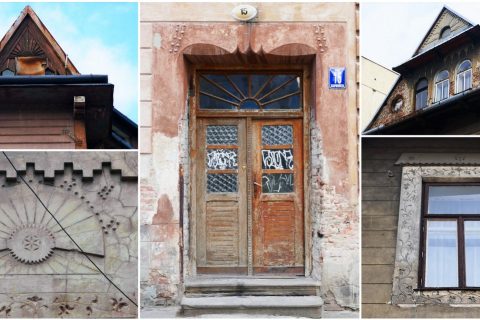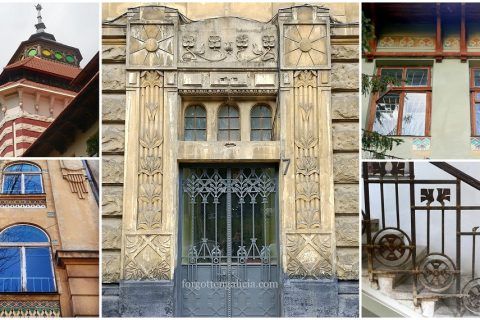The Wooden Greek Catholic Churches of the Galician Lemko Region
The Lemkos and Their Fate The Lemkos are an ethnic group who historically inhabited the mountain valleys and foothills of the Carpathians in a region (called Lemkovyna or Lemkivshchyna) that today stretches along the border between Poland and Slovakia covering some western territories in Ukraine. The area that today belongs […]
Read More
